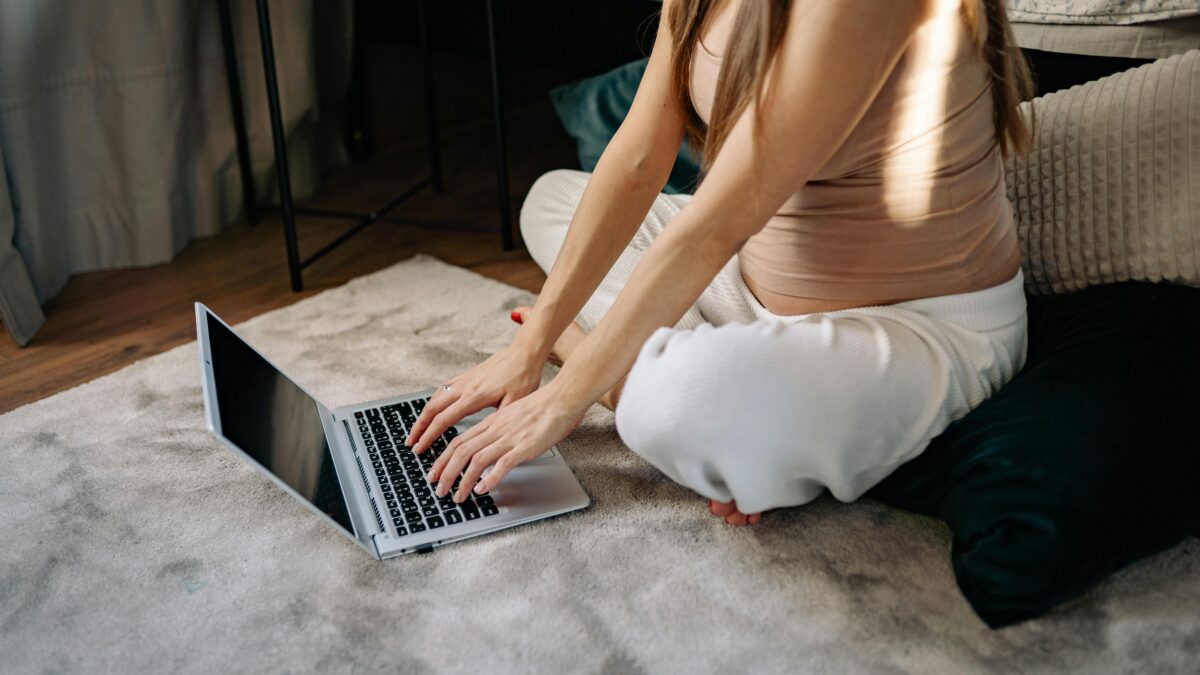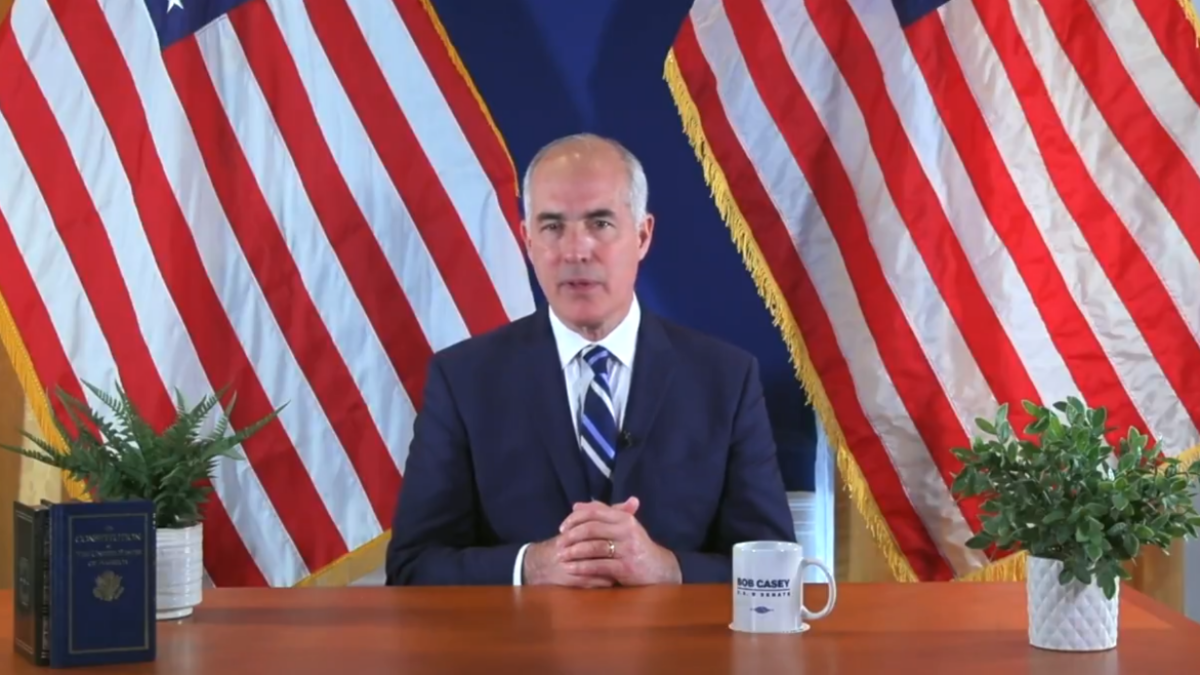
In an interview for “CBS Evening News” on Super Bowl Sunday, Joe Biden acknowledged the catastrophic loss of almost 3 million women from the labor force over the past year constitutes a “national emergency.” We have 10 million fewer jobs since last February, a dramatic spike in long-term unemployment, and nearly 40 percent who have been out of work for more than 6 months, and it is women who have borne the brunt of these losses.
In the past 12 months, American women’s unemployment rate has almost doubled, and the employment participation rate fell by 2 percentage points. For women aged between 25 and 54, around 2.6 million jobs have been lost.
While women are being booted from the workforce, the left would prefer to read into the data social justice fairy stories about so-called anachronistic models of caregiving and “wage discrimination.” We’re also supposed to accept that the virus is the primary culprit, not business and school closures. Hence, we just need to test, vaccinate, and relief-check our way out of the problem.
If this is the Biden administration’s road map, women will continue to be thrown under the bus. You cannot cushion an economy that you’re simultaneously stifling. Women will inevitably struggle to remain employed if governments financially cripple the businesses where they work and prevent their children from attending school.
The decline in labor force participation among women is of real concern. The fall is to be expected, considering the industries that have been hardest hit, like tourism, leisure, retail, and hospitality. Women account for 47 percent of people employed in retail, half of those employed in leisure and hospitality, and around 75 percent of those employed in beauty salons, nail salons, and other face-to-face personal services.
So in an economic climate where 110,000 restaurants have permanently closed and more than 500,000 are experiencing significant economic hardship, 16 percent of the leisure and hospitality work force is unemployed, 61,000 jobs were slashed by restaurants, bars, and hotels last month while 38,000 were cut by retailers, the effect on women is inevitably significant. Last month alone women accounted for more than half of the 38,000 jobs lost in the retail sector while making up 49 percent of the industry workforce.
The toll is highest for minority women. The unemployment rate jumped more than 3 percentage points for black women and more than 4 percentage points for Hispanic women. Once again, this reflects the specific industries affected.
Within the leisure and hospitality sector, accommodation and food service businesses employ 8.6 percent of black women workers and 13 percent of Latina workers. Asian women account for 44 percent of women employed in nail and personal care services, an industry that in states like California has suffered devastating losses, hurting primarily women of Vietnamese descent. Immigrant women have also been disproportionately affected. By the end of last year, their unemployment rate was 3 percentage points higher than U.S.-born women.
Open The Schools
Prolonged school closures and a corresponding increase in care responsibilities certainly haven’t helped women pull themselves out of a dire situation. Twenty million schoolchildren have been out of the classroom for almost a year. If belligerent teachers unions in places like Chicago, San Francisco, and Seattle have their way, this could go on for months, or years. Clearly there is more superstition and politics in all of this than there is science.
Before the pandemic, no woman would have planned for the untenable situation of having to indefinitely manage the remote learning of her children, essentially taking over the job that teachers are paid to do – in many cases by tax dollars. For the roughly 1 in 4 families where mom is the primary or sole earner, the impact of prolonged school closures should not be underestimated.
This is not about addressing the ways caregiving and work responsibilities are balanced. Nor is it about disrupting the so-called “insidious, outdated narrative that women are only vital in the workplace so long as their parenting needs don’t get in the way.” And it’s not about pay inequality, paid leave entitlements, and an increase to the minimum wage. These issues may be worth debating, but they certainly weren’t forcing women en masse out of jobs 18 months ago when women’s participation in the workforce was at a record high.
It is disingenuous to attribute the chief responsibility for women’s departure from the labor market to the virus, ignoring the crucial role played by the lockdowns. Leftists spent much of 2020 bleating that if only Trump had violated states’ constitutional rights and instituted a nationwide lockdown, we could have got on top of the virus. Many are still making these silly arguments, incorrectly citing examples like Australia, where decision-making was essentially left to state governments.
In countries like Italy that did force their full populations into house arrest, there has been no evidence of any causal link between the lockdowns and a reduction in the spread of COVID. On the contrary, there is evidence of considerable hardship suffered because of shutting down the economy. The World Health Organization even advised governments to cease using lockdowns as a virus control strategy specifically because of the calamitous effects.
‘Two Weeks to Slow the Spread’
Yet, according to the prevailing narrative, governors who flogged small businesses and murdered their state’s economy effectively had no choice. Increases in infection rates kept their hands tied. The millions of women who have been forced out of work represent sad but inevitable collateral damage.
The Zoom brigade, snug at home with their remote, flexible work options, have pushed the false dichotomy of saving lives versus protecting the economy. But the science indicates that the “stay at home to protect lives” fallacy has been less effective in controlling the virus than it was in vindictively trampling President Trump’s booming economy, dragging down the most vulnerable women with it.
The fact is, life and livelihood are inextricably linked. If businesses are shut down, goods and services are impeded, as is the ability for people to access the labor market to, quite simply, survive. As Elon Musk elegantly put it, if you don’t make stuff, there’s no stuff. So when a business finds itself hemorrhaging cash due to both unpaid bills and a fall in revenue, the first, unavoidable step is to trim the biggest expense, which is always the wage bill.
Small business, which typically operates on thin profit margins, has suffered unprecedented losses. In the first few months of the pandemic, the number of active business owners in the United States plummeted by an unprecedented 3.3 million – a quarter of total business owners. At the height of the pandemic, more than a half of small businesses were closed in New York and New Jersey; in December nearly a third were still closed.
When half of the nation’s workforce are employed by small businesses, and women own almost 40 percent of these businesses, employing 9 million people, the damage is inevitably going to translate to significant losses for women. For the millions laid off and forced out of the workforce, relying on unemployment benefits and waiting for months while Congress quibbles over a measly few hundred dollars is a woeful substitute.
A national emergency this most certainly is. But as long as locking down businesses and slow-walking full school reopening remain in the cards, there will be plenty of shoulder shrugging, finger pointing, hand wringing, and handouts, but nothing to help women wrest back control of their lives, reopen their businesses, get back into the workforce, and provide for their families.









